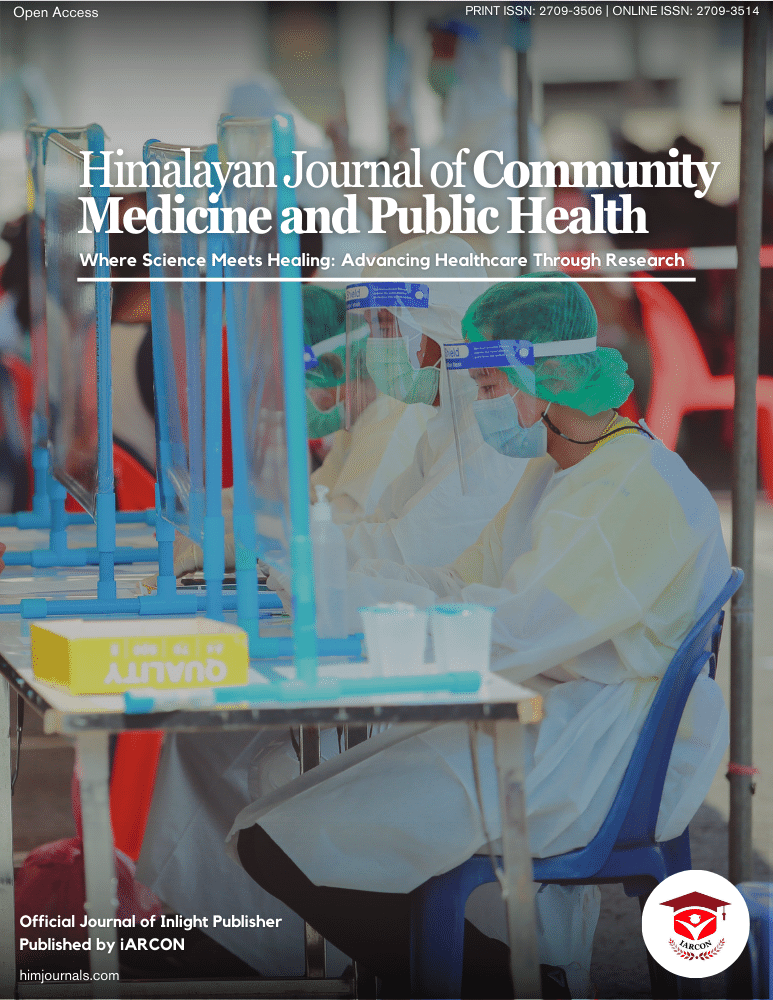Understanding of the faulty dietary habits and the factors responsible is very essential to develop effective intervention for promoting healthy eating and minimizing life style problems.
In the present study, among the total 400 study participants, majority 233(58.3%) were taking fruits only one time a day while 206(51.5%) were taking vegetables only one time a day. Previous studies have found that high cost, limited availability and access, and perceived lack of cooking/preparation time can be barriers to fruit and vegetable consumption. The findings indicate a need to identify and address barriers to fruit and vegetable consumption [8].
A 2003 World Health Organization (WHO) report on diet, nutrition and prevention of chronic diseases says that the average intake of fruits and vegetables is 3.5 servings per day, 1.5 servings of fruits and two servings of vegetables. The average intake of the younger generation is even lower for 18-25 years it is 2.97 servings per day and for 18-35 years it is 3.3 servings per day. Among the students, the average intake is 2.94 servings per day. Housewives do better in terms of fruits and vegetables intake with an average intake of 3.65 servings as compared to working individuals who consume is 3.5 servings per day [3].
In the current study, majority 130 (32.5%) were taking 2 cups of tea /coffee in a day while 122(30.6%) were taking 3 or more cups of tea /coffee in a day. In another study, the frequency of consumption is the highest in North India, with two in five (39%) saying they have more than two cups of tea a day [9].
Most people can drink 3–4 cups (710–950 ml) of tea daily without adverse effects, but some may experience side effects at lower doses. Most of the known side effects associated with drinking tea are related to its caffeine and tannin contents. Some people are more sensitive to these compounds than others. Thus, it’s important to pay attention to how your tea habit may be affecting you personally [5].
In our study, majority 69(17.3 %) were taking 5 glasses of water in a day while 291(72.75%) were taking less than 8 glasses of water in a day. In study by Sachdeva et al. [7], mean drinking water Consumption per day was 1.33±0.76 Liters / day. It was significantly higher in males as compared to female and was significantly higher in the age group of 20-59 years.
We all know that water contributes to regular bowel function, optimal muscle performance, optimal functioning of various organ systems and clear, youthful-looking skin. However, failing to drink enough water can cause dehydration and adverse symptoms, including fatigue, headache, weakened immunity, frequent illness, poor skin health, constipation reduction in kidney function, higher frequency of urinary tract infections, confusion, lower wound healing, hypertension, stroke and many other diseases which can be prevented by consuming adequate amount of water [10,11].
In the present study, majority 175 (43.8%) were taking junk food /fast food one time in a week and 58(14.5%) were taking junk food /fast food 3 or more times in a week. In another study by Joseph N et al 12, consumption of fast foods thrice a week was reported ranging from 6.9% to 43.3%. In spite of good number of participants being of health hazards of fast foods, the need to control its usage was felt by 65.1% only in that study.

